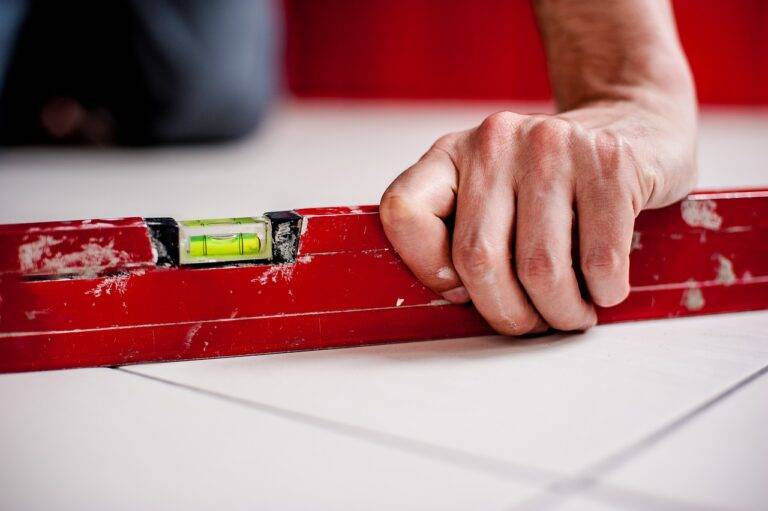Analyzing the Impact of Globalization on Indigenous Jewelry Making
betbook250 login, 11xplay pro, yolo247.com login:Globalization has undoubtedly brought various changes to different aspects of societies around the world. One area that has been significantly impacted by globalization is indigenous jewelry making. This traditional craft has been passed down through generations and holds immense cultural significance for indigenous communities. However, with the advent of globalization, the dynamics of indigenous jewelry making have shifted, raising questions about how this age-old tradition is being preserved and adapted in todays globalized world.
Globalization has paved the way for indigenous jewelry makers to reach a wider audience beyond their local communities. Through e-commerce platforms and social media, artisans can now showcase their unique creations to a global market, allowing them to access new opportunities for growth and sustainability. This increased visibility has also led to collaborations with designers and brands from around the world, resulting in the fusion of traditional techniques with contemporary styles.
On the flip side, globalization has brought challenges to indigenous jewelry making as well. The influx of mass-produced jewelry from other countries has created stiff competition for indigenous artisans, who often struggle to compete with lower-priced, factory-made alternatives. This has led to a decline in demand for traditional indigenous jewelry, threatening the survival of this cultural heritage.
Furthermore, the globalization of the jewelry industry has raised concerns about cultural appropriation. As indigenous designs become popular in mainstream fashion, there is a risk of these sacred symbols and motifs being misappropriated and commercialized without proper respect for their cultural significance. Indigenous communities are fighting to protect their intellectual property rights and ensure that their traditional knowledge is not exploited for profit.
Despite these challenges, globalization has also provided opportunities for indigenous jewelry makers to collaborate with international organizations that promote fair trade and ethical sourcing practices. By partnering with these organizations, indigenous artisans can maintain control over their production processes and receive fair wages for their work. This helps to empower indigenous communities economically and preserve their cultural heritage for future generations.
In conclusion, the impact of globalization on indigenous jewelry making is a double-edged sword. While it has opened up new avenues for growth and collaboration, it has also presented challenges that threaten the authenticity and sustainability of this traditional craft. It is essential for stakeholders, including governments, NGOs, and consumers, to work together to support indigenous artisans and ensure that their cultural heritage is respected and preserved in an increasingly globalized world.
—
**FAQs**
1. **What are some examples of traditional indigenous jewelry styles?**
Traditional indigenous jewelry styles vary greatly depending on the culture and region. For example, Native American tribes often incorporate turquoise and silver into their designs, while Maori jewelry from New Zealand features intricate carvings on bone and jade.
2. **How can consumers support indigenous jewelry makers?**
Consumers can support indigenous jewelry makers by purchasing directly from artisans or fair trade organizations that uphold ethical practices. It is essential to educate oneself about the cultural significance of the jewelry and respect the traditions behind the pieces.
3. **What are some ways to address cultural appropriation in the jewelry industry?**
To address cultural appropriation in the jewelry industry, designers and brands should collaborate with indigenous artisans and communities, giving credit where it is due and compensating them fairly for their cultural knowledge. Consumers can also advocate for transparency and accountability in the sourcing and production of jewelry.
4. **How can indigenous jewelry makers adapt to the challenges of globalization?**
Indigenous jewelry makers can adapt to the challenges of globalization by diversifying their product offerings, incorporating modern design elements while still staying true to their cultural roots. Collaboration with international organizations and engaging in sustainable practices can also help ensure the longevity of this traditional craft.







